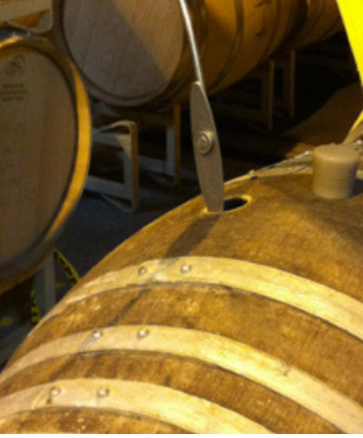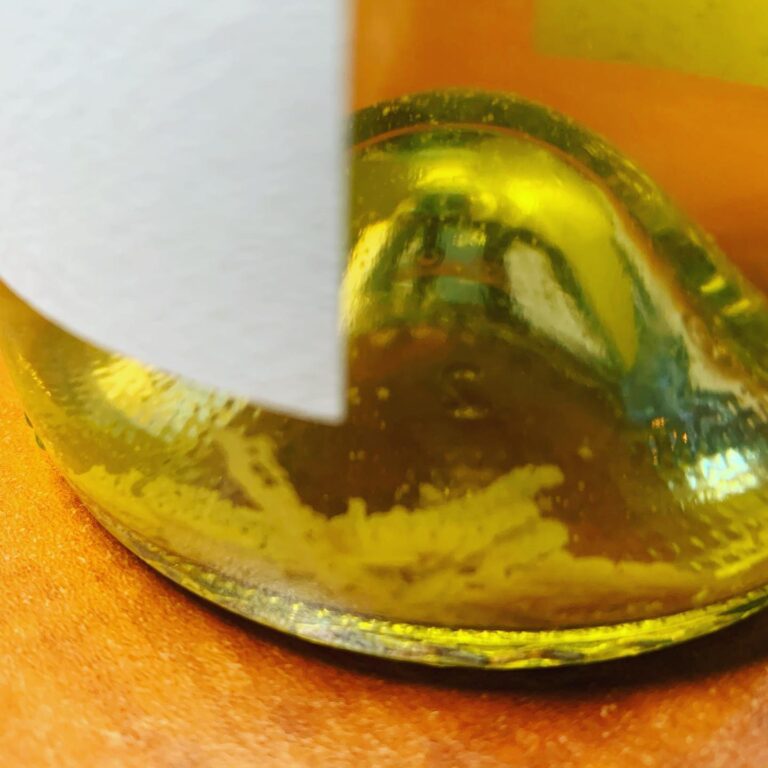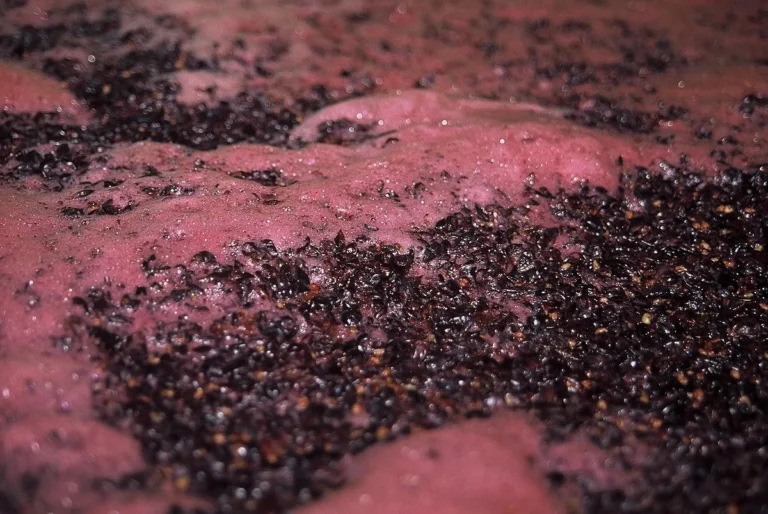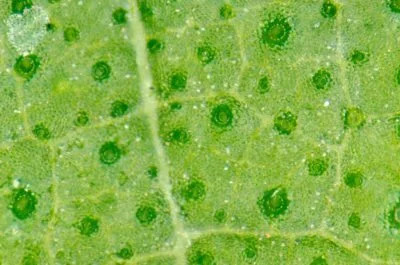You may have heard of the term lees when it comes to wine. The discussion of lees is much more prevalent in white and sparkling wine production. Lees play a very important role in wine aromatics, flavor and mouthfeel.
If we return to basic winemaking for a moment, you will remember that yeast are responsible for converting the sugar within the grapes into alcohol and carbon dioxide. As they go through the process of alcohol fermentation, they are actually limiting their life span. Yeast can actually be killed off by too much alcohol. Additionally, when the sugar runs out, with a lack of food supply, they will die.
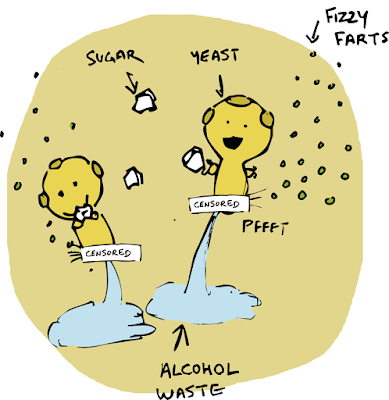
The process of them creating their own demise is known as autolysis. As the yeast age, they become less efficient and weaker. Their cell membranes burst open. This means that enzymes within their own systems are functionally destroying their cells, ultimately causing death.
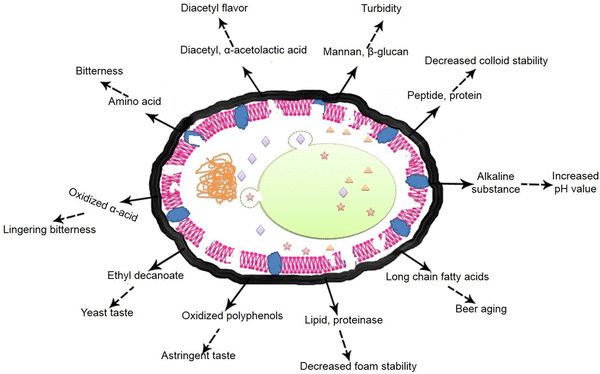
Once the organisms are dead, they will sink to the bottom of the wine and are referred to as lees. But luckily for us wine lovers, as they are knocking on death’s door, they release polysaccharides, fatty acids and amino acids into the wine. These compounds have an organoleptic impact on the wine.
Their “sacrifice” provides us with that nutty, caramel flavor in the wine. It also is attributed to provide the creaminess in sparkling wines and the savoriness in white wines.
These enhanced aromatics, flavors and body would not occur if the winemaker just allowed the lees to sit on the bottom of the barrel. If they remained there, very little wine would actually be in contact with the compounds being released. In order to make sure that the wine remains in contact with the dead yeast cells, the winemaker will stir the wine. This is known as bâtonnage.
It is up to the winemaker how long they will allow the wine to remain “on lees.” It can be several months to several years. The longer the sur lie aging, the greater the impact of those “yeasty” flavors and aromatics.
Have you been missing the weekly Exploring the Wine Glass posts? Subscribe below. Subscribe to Dracaena Wines’ blog in the sidebar on this page.
When it has been decided that the wine has aged enough on lees, the winemaker will need to remove the dead yeast cells. This is done through the process of racking. During this process the wine is transferred from one barrel to another. Since the dead yeast are on the bottom of the original barrel/tank, they are not transferred to the new barrel/tank.
The winemaker can also choose to filter and fine the wine to guarantee all of the unwanted yeast cells do not find their way into the bottle. This not only aids in clarifying the wine, it also can help in the stability of the wine, however, it can also strip away some of the positive flavors and aromas.
~Slainte!
Please follow us on Instagram, Twitter, Facebook and Youtube.
Dracaena Wines has received consistent 90+ ratings and multiple Double Gold medals. Click image to order yours today and let Dracaena Wines Turn Your Moments into Great Memories!

